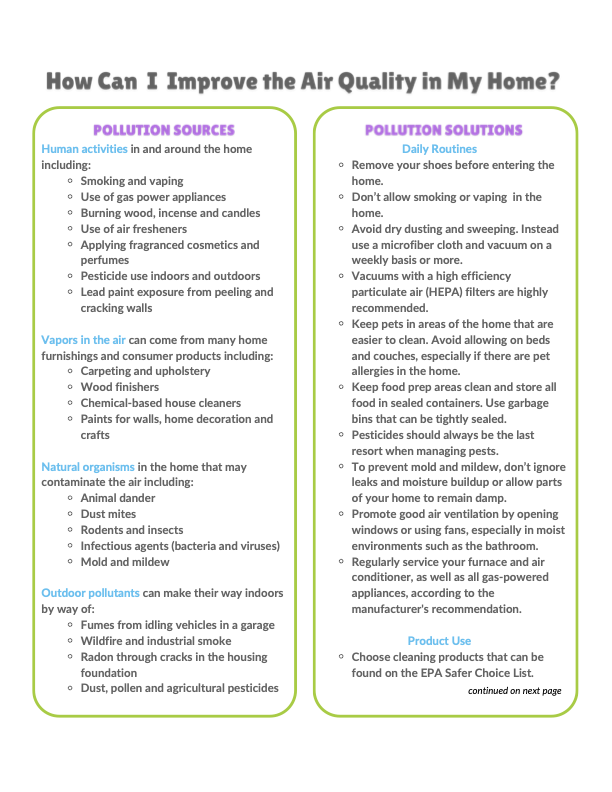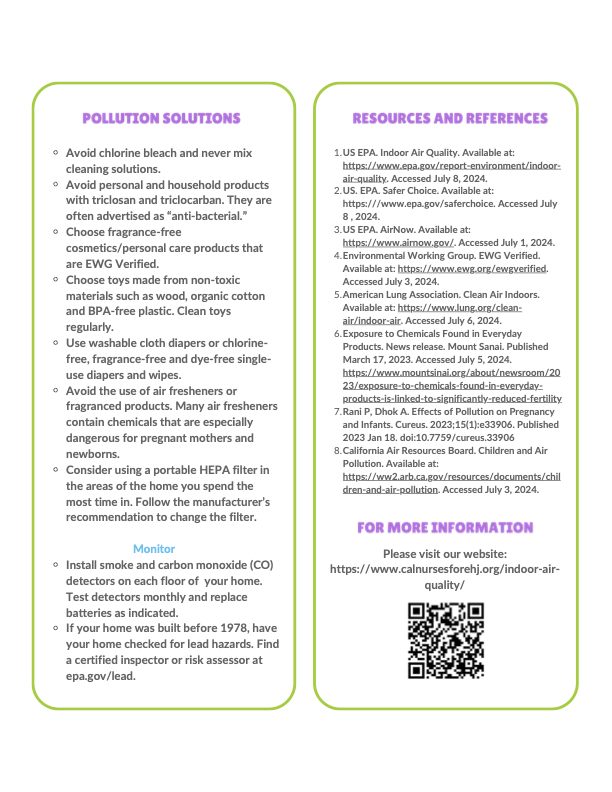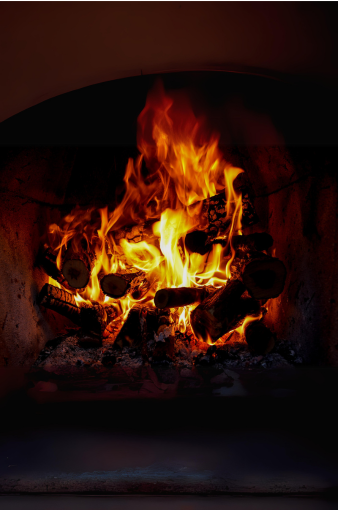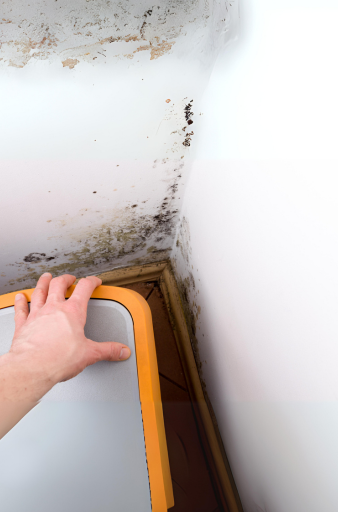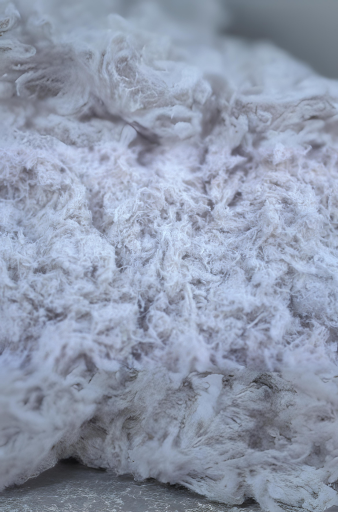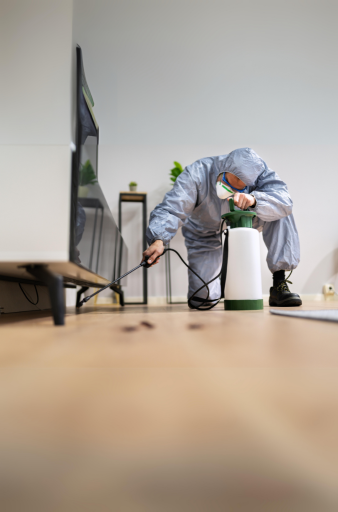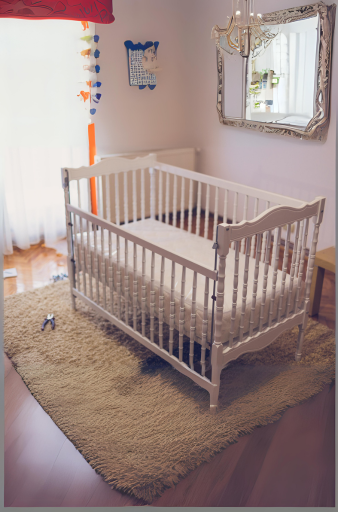Indoor Air Quality
The CNEHJ has a committee that is helping to educate and engage nurses about Air Quality.
North Americans Spend an Average of 90% of their Time Indoors
The significant amount of time spent in homes, workplaces, schools and in various indoor spaces makes the quality of the air we breathe inside just as vital to our health as the air we breathe outside.¹ We often think of air pollution as an outdoor issue, however, you might be surprised to learn that indoor air pollutants can be 2-5 times and sometimes even 100 times higher than outdoor quantities.² The pollutant variability is dependent on factors such as home ventilation systems, residence size and location, residence age and more. Similar to many outdoor pollutants, indoor pollutants can be invisible and odorless, and most people are unaware of their existence and their associated health risks.
As nurses and health professionals it is important to have an understanding of what contributes to indoor air pollution and how to address these pollutants. Many pollutants not only affect our own home environments, but also impact the health of our patients and communities. With awareness and evidenced-based guidance, we can take many simple actions to prevent, reduce and even eliminate sources of indoor air pollution.
EPA Home Example of Where Indoor Air Pollutants Live
Indoor Air Pollution DOES NOT Affect Everyone Equally
Everyone is at risk of exposure to indoor air pollutants. However, there are some populations that are more vulnerable to exposures and the associated health risks and therefore, should be prioritized to protect their health and well-being.
Pregnancy, Infants and Children ³ ⁴
-
- Indoor air pollutants can impact the health and development of babies before they are born. Air pollution may indirectly harm lung development by causing low birth weight, preterm birth, or improper immune system development.
- Environmental exposures during fetal development and the first few years of life have the greatest potential to influence growth and development later on.
- Children and infants have higher breathing rates, higher lung surface to body size ratio and an immature respiratory and immune system. All of these factors make them more at risk for negative health effects from indoor air pollutants compared to adults.
Elderly, Chronically Ill and Disabled ¹
-
- Being that North Americans spend the majority of their time indoors, the elderly, chronically ill and disabled are even more susceptible to experience barriers that prevent them from going outdoors.
- Some of these barriers include transportation, inadequate support, inadequate resources and illness.
- Elderly people are also more likely to have chronic health conditions. Chronic health conditions in addition to age >65 years can affect the body’s ability to effectively eliminate chemicals from the body.
Clean Air for Little Lungs: How to Prepare for Newborns and Children
Our Preparing the Air for Newborns and Children tool is a handout intended for parents who require guidance on creating “air healthy” rooms in the home. This might be be distributed by health care providers when meeting with expecting parents or when meeting with parents that have children with chronic asthma, allergies and other related conditions.
Indoor Air Quality Patient Tools
For healthcare providers and our patients, we created a tool to help assess and improve indoor air quality in homes. The Indoor Air Home Assessment tool is intended to help the health provider identify indoor air pollutant sources in the home that can potentiate health risks. It will provide a generalized home health environmental assessment with a focus on air quality, the associated health impacts and simple tips and resources to address areas of concern.
Indoor Air and Climate Change
The impacts of our changing climate are associated with a range of health risks. In addition to the news headliners like extreme weather events and fires, there are indirect ways in which climate change is affecting our indoor environments. In areas that are affected by drought conditions, increased dust results in higher levels of particulate matter in the air both outdoors and indoors. The smoke from fires is another significant source of particulate matter, some of which may contain toxic chemicals including heavy metals. In areas of flooding and extreme storms, homes may become water damaged, increasing the risk for mold. Climate change is also associated with prolonged pollen seasons that can trigger allergies and asthma for longer periods of the year.
Environmental Health Inequities
There are many factors such as systemic racism and discriminatory historical and ongoing housing and transportation policies that have led to an unequal burden of indoor air exposures and health risks amongst certain populations.
Race and Ethnicity ⁵
People of color, especially black and brown people, experience some of the greatest air quality disparities. Black and brown people that have suffered from racist policies such as Redlining and the Federal Housing Act of 1949 have often been pushed into substandard housing with limited or absent regulatory processes.
Socioeconomic Position ⁶
Income has an immense impact on many aspects of our lives and our health. The following include some ways in which income impacts indoor air quality: lower-income households are often smaller and house more people; are homes with older structures and appliances; are less likely to have adequate ventilation; and are more likely to be located near polluted outdoor areas such as highways and warehouses.
Location of Residence ⁷
People who live closer to major sources of pollution such as active highways and polluting industrial areas have greater exposures to particulate pollution from outdoors. Historically, most of these residences are in communities of color that have been impacted from discriminatory policies such as the Federal Aid Highway Act of 1956. This particular act demolished and severed many black and brown neighborhoods by building polluting transportation infrastructure through them.
Learn More about Individual Indoor Air Pollutants
Reference List
1. US EPA. Indoor Air Quality. Available at: https://www.epa.gov/report-environment/indoor-air-quality. Accessed July 8, 2024.
2. American Lung Association. Clean Air Indoors. Available at:https://www.lung.org/clean-air/indoor-air. Accessed July 6, 2024
3. Rani P, Dhok A. Effects of Pollution on Pregnancy and Infants. Cureus. 2023;15(1):e33906. Published 2023 Jan 18. doi:10.7759/cureus.33906
4. California Air Resources Board. Children and Air Pollution. Available at: https://ww2.arb.ca.gov/resources/documents/children-and-air-pollution#. Accessed July 6, 2024.
5. Authenticated US Govenment Information. Housing Act of 1949 (Section 2 and Title). Available at: https://www.govinfo.gov/content/pkg/COMPS-10349/pdf/COMPS-10349.pdf. Accessed July 7, 2024.
6. National Library of Medicine. Moving Environmental Justice Indoors. Available at: https://www.ncbi.nlm.nih.gov/pmc/articles/PMC3222513/. Accessed July 7, 2024.
7. The Washington Post. Interstate highways were touted as modern marvels. Racial injustice was part of the plan. Available at: https://www.washingtonpost.com/history/2021/08/16/interstate-highways-were-touted-modern-marvels-racial-injustice-was-part-plan/.Accessed July 7, 2024.


